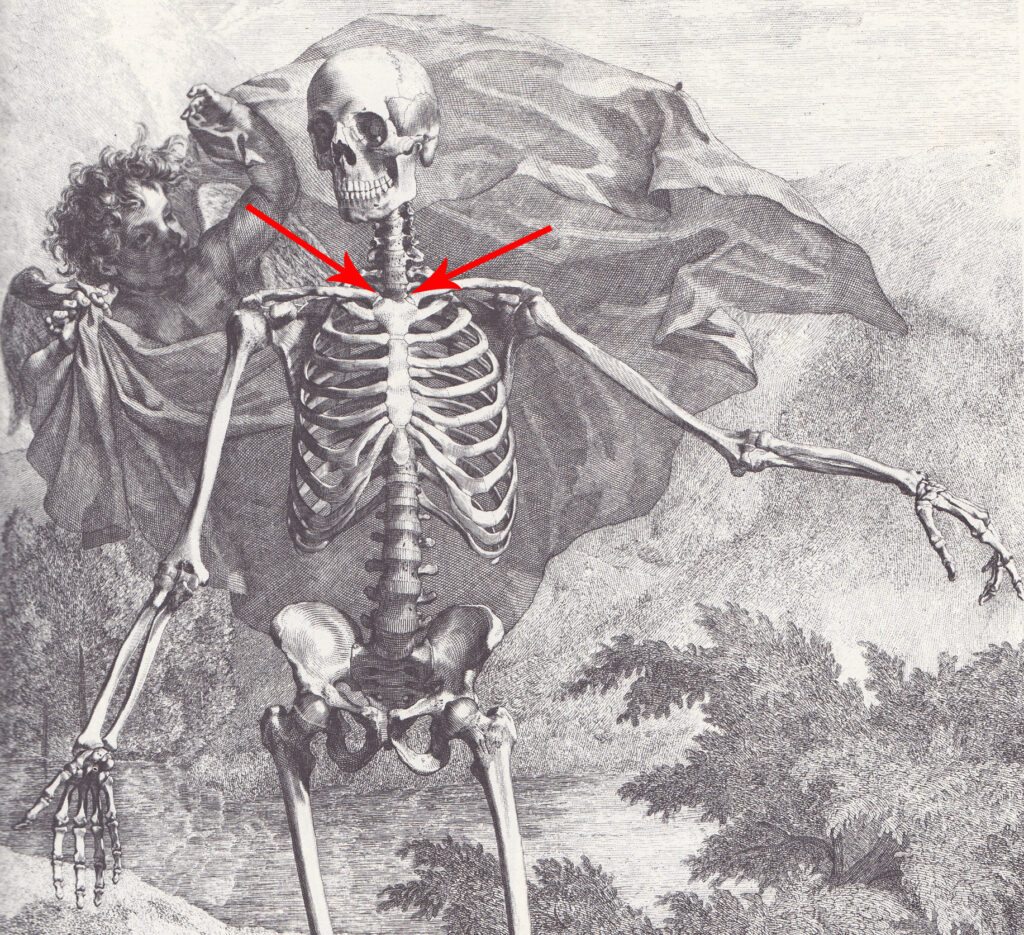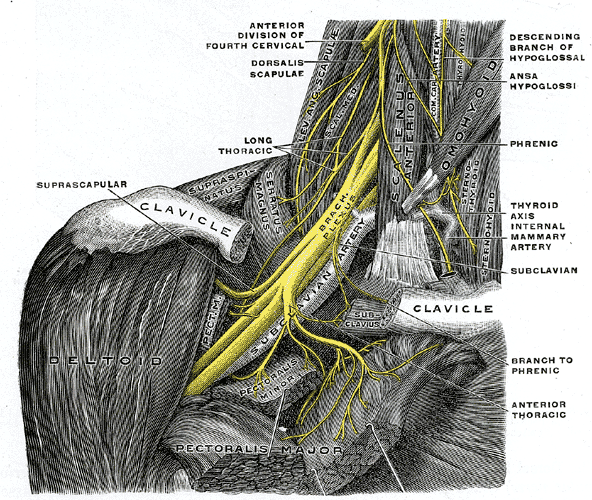
How the Alexander Technique can help you choose your next best course of action
I had a new student come in recently complaining of pain and numbness in her hands, arms, and shoulders. A year ago, she got a diagnosis of thoracic outlet syndrome. Physical therapy and rest had gotten her out of the worst of it, but she was still in discomfort in both arms and shoulders, and she knew things weren’t right.
Maybe you can relate…she was like, “I know that slumping is part of what caused the problem!” Here, she demonstrated a beautiful slump, with arms crossed in front of her. “But when I try to straighten my spine and keep the space open in my shoulders, this spot between my shoulder blades scream with pain! And then I slump again to get relief.”
A trained gymnast and singer, she is still young, fit, and very active. What she really wants is to get back to normal and stop worrying about her arms. She knows if they get worse again that shots and surgery are the next alternative.
This is the liminal place between physical therapy and surgery that Alexander Technique is so good for. The AT has no risks, and if done well it proposes a more playful, experimental exploration of what is possible within your whole body, rather than diagnosis and treatment of a specific issue.
I know without a doubt that this form of movement education can help her. I hope this story, video, and post will help you as well. The Alexander Technique helped me completely heal from multiple repetitive stress injuries in my arms and shoulders. Today I am pain free, strong, and active.
Mobile Body Alignment gives each client specific points of awareness on their bodies that they can use to mobilize themselves outside the range of their neuromuscular habits.
That’s important because those habits may have contributed to their problem in the first place. Let me show you how to use the Mobile Body Alignment Collarbone Point to clear up a common misunderstanding our shoulders so that those nerves won’t get compressed.
When it comes to shoulders, everyone tries to widen them at the front. That’s where the nerves, arteries, and veins run, from your neck underneath your collarbone, so it makes sense that you would want to create more space there.
Unfortunately, what lots of people do is try to spread the front of their chest, which has the opposite effect! That usually ends up pushing the ribs forward, pulling the shoulder blades back, and actually pressing the collarbones down onto all the delicate structures that you are trying to create space for.
I think a better starting point for finding freedom from compression is to mobilize the area, in this case specifically using your collarbone Mobile Body Alignment points. There is one on each side, right where the collarbone meets your sternum.
Here they are:

And here is a close-up:

What you want to do is mobilize your collarbones. That’s it. You can restore more accurate sensory perception just by moving a part.
If you can feel movement, you can feel immobility. We need to re-sensitize our system when we have been overwhelmed with pain. When those points get stuck or become immobile – that’s how you know compression is happening, before you get searing pain.
So try the simple movement exploration in the video to experience the magic space created by mobility, rather than posture or stretching exercises. Here is an image of all the nerves and veins that are underneath your collarbone:

It’s easy to see why pressing your collarbone down will exacerbate compression. Better to go swing on a jungle gym for a little while and let your collarbone release up off your ribs! Once you have a working understanding of the collarbone points, you’ll be able to do any movement without compression.
Surgery can be a life-saver as a last resort, but it’s not ideal. Removing a portion of your first rib (look at the first image to see that bony relationship) destabilizes the support for your arm. Your collarbone transfers forces through it’s joint at the top of the sternum down through your first rib, around to the spine in your back.
When you remove that architectural connection, the muscles of your neck and shoulders must take more of the load, thus stressing the very area you wish to heal. It’s worth trying other interventions before taking that route.
Please reach out for a free 15 minute consult if you think I might be able to help you with thoracic outlet syndrome.
